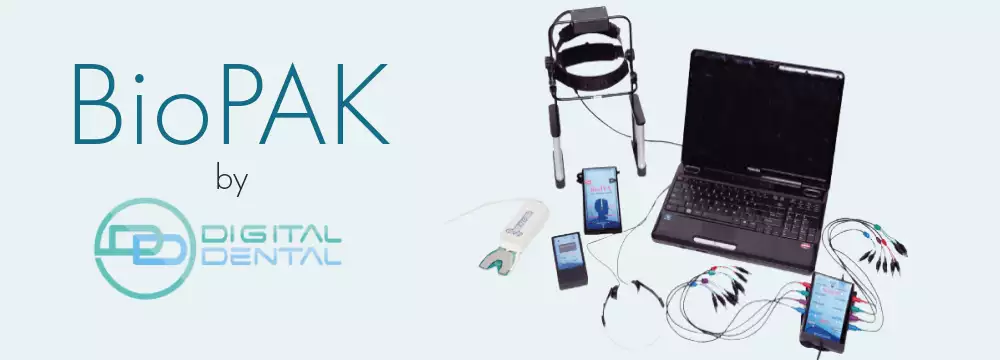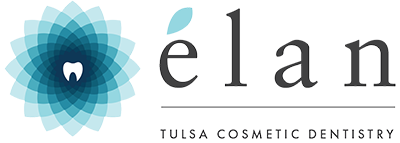Tulsa TMJ Treatment
Tulsa TMJ treatments by Doctor Meghan Hodges that help you live a headache & pain-free life!

What causes TMJ Pain?
Temporomandibular joint disorder (TMD) occurs as a result of complications with the temporomandibular joint (TMJ), jaw muscles and nerves on one or both side of the head that result in jaw, face, and head and neck pain. People with TMD suffer from TMJ pain which can lead to jaw pain, headaches, migraines, and unexplained facial neck, or shoulder pain. Fortunately patients can find TMJ relief with the effective TMJ treatments that Dr. Hodges and the knowledgeable team at élan Tulsa Cosmetic Dentistry provide. A Tulsa TMJ specialist will assess your jaw function and provide customized TMJ treatment to alleviate jaw pain.
What are typical TMJ Symptoms?
- Pain or tenderness in the face, jaw, neck and shoulders
- Pain in or around the ear when jaw movements occur
- Limited ability to open mouth very wide
- Jaws that “lock” in the open or closed position
- Clicking or popping sounds in the jaw joint
- Swelling on the side of the face
- Teeth that do not align properly
- Frequent tension headaches

What is temporomandibular joint dysfunction?
The TMJ (temporomandibular joint) are actually two small joints that control jaw motion and they are sensitive to a variety of influences. There are a host of factors that can irritate these joints, including grinding your teeth due to stress, trauma, and a misaligned bite. These problems can lead to exposed nerve endings and cause impaired function. The discomfort associated can range from mild to debilitating and can dramatically decrease your quality of life.
Offering non-Surgical, non-Invasive TMJ treatments
Biopak TMJ treatment is a comprehensive approach that utilizes advanced technology to assess the patient's jaw function and detect any abnormalities or imbalances.
The treatment typically involves the use of a device called a Biopak system, which is a computerized system that analyzes the movements of the jaw, teeth, and muscles. The system collects data on the patient's bite, jaw movement, and muscle activity, which is then used to identify any issues that may be contributing to TMJ disorder symptoms.

Once the underlying issues have been identified, the Biopak TMJ treatment may involve a range of therapies, such as orthodontic treatment, bite adjustments, muscle relaxation exercises, and other techniques. The goal of the treatment is to alleviate the pain and discomfort associated with TMJ disorder and improve the function of the jaw.
Effective, individualized TMJ treatments in Tulsa
Your individual treatment may vary as each individual has specific conditions that will need to be addressed by a TMJ dentist. Our practice prides itself on providing TMJ relief that can restore optimal bite and neuromuscular function with non-surgical temporomandibular joint therapy.
To learn more about TMJ treatment and to get relief from your TMJ pain, please contact us at (918) 528-3330 to schedule an appointment with our TMJ dentist so that she can go over your individual needs.

élan Tulsa Cosmetic Dentistry
10031 S Yale Ave #104
Tulsa, OK 74137

